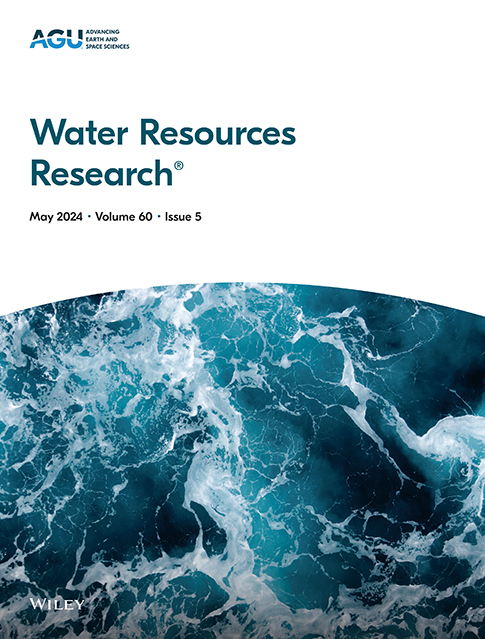Improving Streamflow Prediction Using Multiple Hydrological Models and Machine Learning Methods
IF 4.6
1区 地球科学
Q2 ENVIRONMENTAL SCIENCES
引用次数: 0
Abstract
Streamflow prediction is crucial for flood monitoring and early warning, which often hampered by bias and uncertainties arising from nonlinear processes, model parameterization, and errors in meteorological forecast. We examined the utility of multiple hydrological models (VIC, H08, CWatM, Noah-MP, and CLM) and machine learning (ML) methods to improve streamflow simulations and prediction. The hydrological models (HMs) were forced with observed meteorological data from the India Meteorological Department (IMD) and meteorological forecast from the Global Ensemble Forecast System (GEFS) to simulate flood peaks and flood inundation areas. We used Multiple Linear Regression, Random Forest (RF), Extreme Gradient Boosting (XGB), and Long Short-Term Memory (LSTM) for the post-processing of simulated streamflow from HMs. Considering the influence of dams is crucial for the effectiveness of HMs and ML methods for improving streamflow simulations and predictions. In addition, ML-based multi-model ensemble streamflow from HMs performs better than individual models, highlighting the need for multi-model-based streamflow forecast systems. The post-processing of streamflow simulated by the hydrological models using ML significantly improved overall streamflow simulations, with limited improvement in high-flow conditions. The combination of physics-based hydrological models, observed climate data, and ML methods improve streamflow predictions for flood magnitude, timing, and inundated area, which can be valuable for developing flood early warning systems in India.利用多种水文模型和机器学习方法改进流量预测
河流流量预测是洪水监测和预警的关键,但往往受到非线性过程、模型参数化和气象预报误差带来的偏差和不确定性的阻碍。我们研究了多种水文模型(VIC、H08、CWatM、Noah-MP和CLM)和机器学习(ML)方法在改善河流模拟和预测方面的效用。水文模型(HMs)利用来自印度气象部门(IMD)的观测气象数据和来自全球综合预报系统(GEFS)的气象预报来模拟洪峰和洪水淹没区域。我们使用多元线性回归、随机森林(RF)、极限梯度增强(XGB)和长短期记忆(LSTM)对HMs模拟的水流进行后处理。考虑水坝的影响对于提高HMs和ML方法在改善水流模拟和预测方面的有效性至关重要。此外,基于ml的HMs多模型集成流比单个模型表现更好,突出了基于多模型的流预测系统的需求。利用ML对水文模型模拟的水流进行后处理,显著改善了整体的水流模拟,但在大流量条件下改善有限。基于物理的水文模型、观测到的气候数据和ML方法相结合,改进了对洪水规模、时间和淹没面积的流量预测,这对印度开发洪水预警系统很有价值。
本文章由计算机程序翻译,如有差异,请以英文原文为准。
求助全文
约1分钟内获得全文
求助全文
来源期刊

Water Resources Research
环境科学-湖沼学
CiteScore
8.80
自引率
13.00%
发文量
599
审稿时长
3.5 months
期刊介绍:
Water Resources Research (WRR) is an interdisciplinary journal that focuses on hydrology and water resources. It publishes original research in the natural and social sciences of water. It emphasizes the role of water in the Earth system, including physical, chemical, biological, and ecological processes in water resources research and management, including social, policy, and public health implications. It encompasses observational, experimental, theoretical, analytical, numerical, and data-driven approaches that advance the science of water and its management. Submissions are evaluated for their novelty, accuracy, significance, and broader implications of the findings.
 求助内容:
求助内容: 应助结果提醒方式:
应助结果提醒方式:


